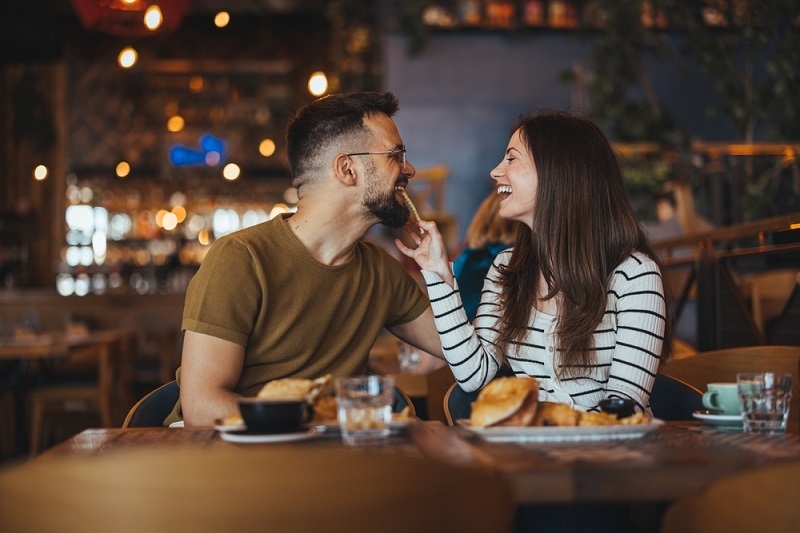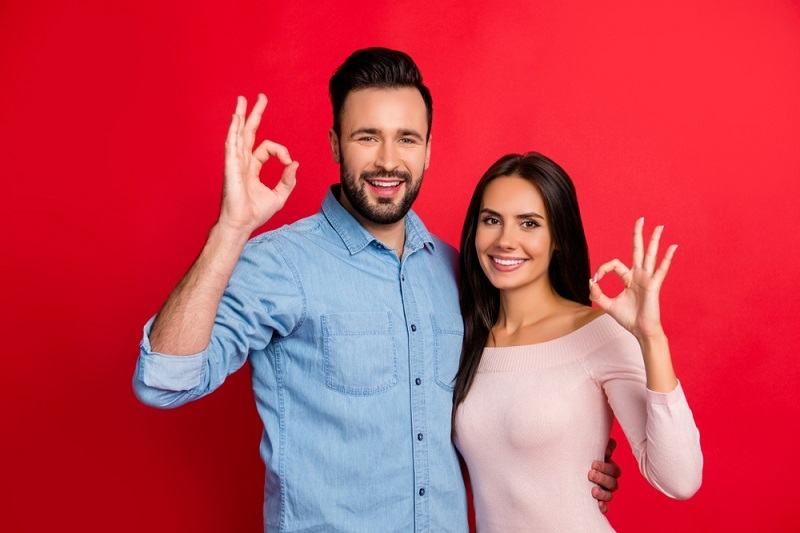
Ever thought about how people talk endlessly about red flags in dating—but barely ever mention the green flags in a relationship? Weird, right? We spend ages scanning for warning signs, yet the good stuff can slip by unnoticed.
This post is a refreshingly positive take: it's all about recognizing relationship green flags, understanding their meaning, and using them to shape healthy, modern love. Not over-romanticized or cheesy. Just real-life traits that say, “This could actually work.”
So let’s get this straight—what is a green flag in a relationship, really?
In short: a green flag is a positive quality or behavior that signals a healthy dynamic. It’s not perfection. It’s not fairy tales. It’s respect, communication, support, and compatibility that actually build trust.
Notice them early, appreciate them often, and ask: Does this feel right? Do these patterns feel safe and nurturing?

Imagine talking with someone and actually being heard. Not just nodding while you wait to reply. That flow where you can share emotions, hopes, even petty annoyances—and no one judges.
That’s a powerful green flag. They listen. They ask follow-up questions. They don’t message you one-word replies. Healthy communication is not flawless. It can be awkward. But it's real and honest.
Remember the flaky texts, ghosting, or hot-cold behavior you’ve seen in the past? Those are red flags. A relationship green flag? Calm, steady, reliable presence.
When someone says they’ll call, then they do. When they ask how your day was—not just when it suits them. Drama is exhausting. A calming vibe? Way more sustainable.
Green flags show up when two people bring full lives separate from the relationship. Friends. Projects. Hobbies. Goals.
And the beautiful part? They support each other’s growth. They aren’t clingy. They don’t need to schedule every minute together. Mutual space with caring presence—that’s modern love at its best.
You know that feeling when you can bring up a tough topic, and you don’t fear retaliation or dismissal? That’s emotional safety—and it’s huge.
If someone holds space for you, even when you're cranky or vulnerable—that’s a green flag meaning in relationship. You can talk about personal history, insecurities, or fears—and they don’t bail. Instead, they validate feelings and work through it with you.
Arguments happen. But how they happen matters. A green flag in relationship shows up when disagreement happens without gaslighting, guilt-tripping, or silence as punishment.
They don’t threaten, “You’ll regret this.” They don’t stomp away forever. Instead, they calmly say, “Let’s talk it through.” Conflict paired with respect—that’s growth.
You can have differing interests—sports vs. music, city life vs. nature escapes. That’s fine. A green flag? Shared values where it matters: respect, honesty, kindness, priorities like family or personal integrity.
You align where it counts—but also laugh at each other’s quirks. You don’t need to match on everything to make it work.
Little kindnesses. “You handled that hard conversation so well.” “Thanks for cooking tonight.” That’s appreciation, not validation-seeking.
If someone says, “I see you,” regularly. Not just when it benefits them. That’s a green flag in relationships—you feel seen and valued for who you are, not just what you do for them.
In Case You Missed It: Universal Laws of Attraction: The Key to Your Best Life
One partner should never pressure the other to bend emotional or personal limits. A green flag in relationship shows when boundaries are honored, whether that’s time to recharge alone, digital privacy, or emotional space.
Respecting limits isn’t passive—it’s a commitment to mutual care. And when boundaries flex as relationships evolve, it shows adaptability and respect.
You're allowed to feel joy. A green flag is someone you can loosen up with, act silly around, laugh together at memes—or inside jokes that no one else would get.
It’s not all deep talks and planning futures. Sometimes it’s just pizza failures and movie marathons. If you can’t wait to send them the funniest TikTok or drag them into a meme spree—that’s a nice sign.
If you express an interest—learning something new, improving mental health, better habits—and they cheer you on, not shrink. That’s mutual investment. If they’re doing so too, it becomes a two-way growth dynamic.
One partner’s success doesn’t overshadow the other. It lifts both. That’s modern love doing its best work.
Too much focus on “Is this person safe?” or “Are they toxic?” misses the bigger picture: is this someone I can grow with? Not just survive with.
Green flags in a relationship matter because they form the soil—the conditions—for trust, intimacy, and co-created future. They matter more than flashy gestures or chemistry alone.
In modern love, stability, growth, authenticity matter more than grand declarations.
So what are the real green flags in relationships? Let’s recap:
At the heart? Healthy love is about choosing—and being chosen—in ways that build each other up.
What is a green flag in a relationship? It’s not flashy. It’s quiet consistency. Kindness as a habit. It’s knowing the person doesn’t need to change you to love you.
Further Reading: Embracing Change in 2025 with Women Modern Lifestyle
If you’re reading this and wondering, “Do I feel that in my relationship?”—pause. Reflect. Talk to friends you trust. Spiritual advisors. Therapists. Write it out.
You don’t need permission to expect good things. You don’t need to justify wanting respectful, growth-oriented love. That’s not too much to ask.
You deserve someone whose green flags run deeper than their best captions.
So. Interested in diving deeper? Want help spotting your own green flags—or writing down red ones? Let me know—I can help craft journal prompts or conversation starters to make it real.
Here’s to recognizing, honoring, and celebrating real love—not perfection, but something real enough to grow with.
Would you like guidance on building those green flag habits or spotting them early on? I'm here to help.
This content was created by AI